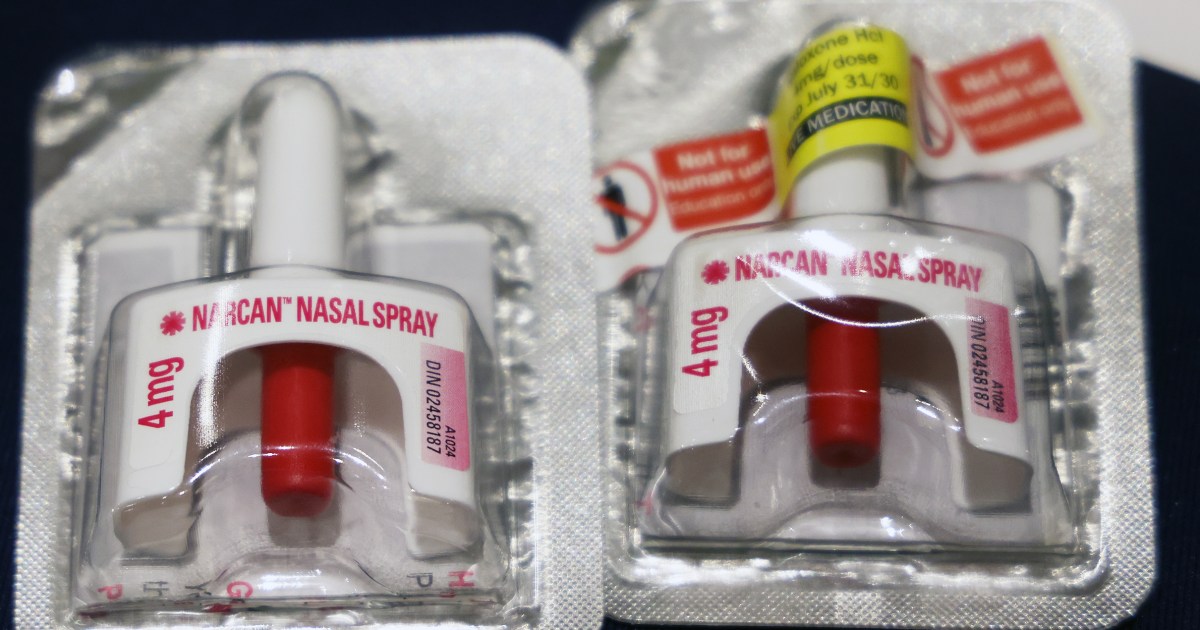Life-Saving Drug at Risk: Will Funding Cuts Impact Naloxone Availability?
As the Trump administration weighs significant budget cuts to public health programs, naloxone—the opioid overdose reversal drug credited with saving thousands of lives annually—faces an uncertain future. Health experts warn that reduced federal funding could severely limit access to the medication, exacerbating an already dire opioid crisis. With overdose deaths reaching record highs, advocates argue now is the worst possible time to scale back support.
The Critical Role of Naloxone in Combating the Opioid Epidemic
Naloxone, commonly sold under brand names like Narcan and Evzio, rapidly reverses the effects of opioid overdoses by blocking brain receptors. The drug has become a cornerstone of harm reduction strategies, distributed widely to first responders, community organizations, and even laypersons. According to the CDC, naloxone saved nearly 50,000 lives between 2016 and 2019 alone.
However, its effectiveness hinges on accessibility. “Naloxone is only useful if it reaches people in time,” explains Dr. Sarah Chen, an addiction specialist at Johns Hopkins University. “When funding dries up, distribution programs shrink, and more people die needlessly.”
How Proposed Budget Cuts Could Disrupt Access
The White House’s preliminary budget blueprint suggests slashing the Department of Health and Human Services (HHS) budget by 12%, including cuts to:
- State opioid response grants
- Community health center programs
- Substance Abuse and Mental Health Services Administration (SAMHSA) initiatives
These programs collectively fund the bulk of naloxone distribution efforts in high-risk areas. A 2022 study in Health Affairs found that every $1 invested in naloxone kits yields $28 in societal benefits by preventing overdose-related healthcare costs and lost productivity.
Voices from the Frontlines: Experts Weigh In
Advocates stress that cutting naloxone funding ignores the epidemic’s ongoing severity. “We’re seeing fentanyl contamination in everything from counterfeit pills to cocaine,” says Mark Thompson, director of a nonprofit overdose prevention network. “More people are at risk than ever before.”
Conversely, some fiscal conservatives argue for shifting responsibility to states and private sectors. “Federal dollars shouldn’t indefinitely subsidize what should be local priorities,” contends policy analyst Robert Gaines. Yet data suggests states hardest hit by overdoses—like West Virginia and Ohio—lack resources to fill the gap.
The Human Cost of Reduced Availability
When naloxone supplies dwindle, vulnerable populations suffer most. Rural areas, where emergency response times are longer, rely heavily on community distribution. Meanwhile, prisons and homeless shelters report rising overdoses as synthetic opioids proliferate.
Consider Ohio’s Hamilton County, where naloxone kits distributed via a federal grant reversed 1,200 overdoses in 2021. If funding disappears, officials estimate preventable deaths could spike by 40% within a year.
Looking Ahead: Alternative Solutions and Advocacy
Some propose innovative workarounds:
- Pharmaceutical partnerships: Negotiating lower bulk purchase prices
- State legislation: Mandating insurance coverage for naloxone prescriptions
- Grassroots fundraising: Public donations to local harm reduction groups
However, experts agree sustained federal support remains crucial. “This isn’t just about budgets—it’s about valuing human lives,” emphasizes Dr. Chen. With overdose deaths surpassing 100,000 annually, the stakes couldn’t be higher.
As debates continue, advocates urge concerned citizens to contact their representatives and support organizations fighting for naloxone access. The window to act is narrowing, and for many, this lifeline hangs by a thread.
See more WebMD Network



